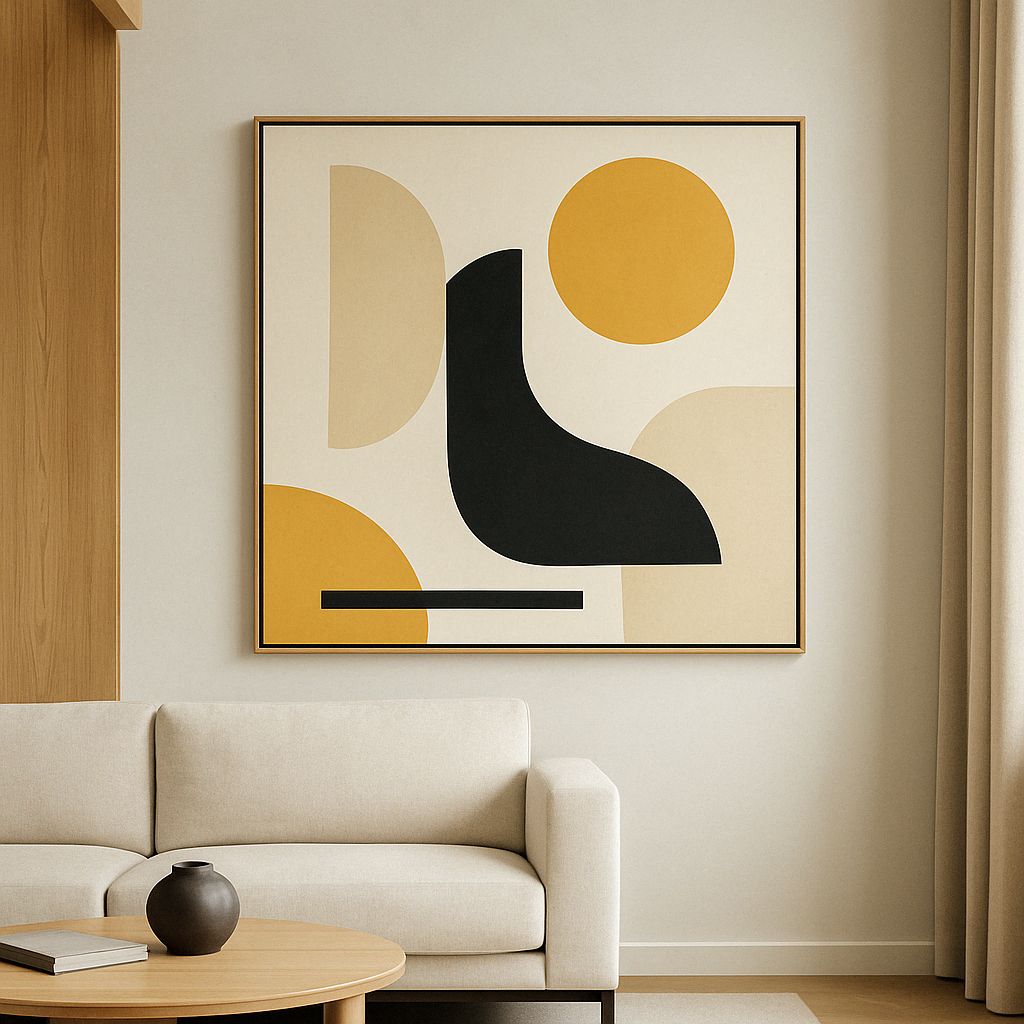
In a world often consumed by precision and definition, abstract art offers something radically different—a space where feelings, ideas, and experiences are expressed not through realism, but through color, shape, and movement. It invites viewers to interpret freely, to engage emotionally, and to connect with art in a deeply personal way.
What Is Abstract Art?
Abstract art is a genre of visual art that does not attempt to accurately represent reality. Instead, it uses elements like line, color, shape, and texture to evoke ideas or emotions. This departure from realism allows artists to explore concepts beyond the visible world—like chaos, tranquility, or the passage of time—without being bound to traditional forms.
The movement took root in the early 20th century, as artists like Wassily Kandinsky, Kazimir Malevich, and later Mark Rothko and Jackson Pollock began pushing the limits of what art could be. Since then, abstraction has evolved into a broad spectrum of styles, from geometric minimalism to expressive, gestural works.
Why Abstract Art Matters
1. It Engages the Imagination
Without a clear subject, abstract art demands interaction. Viewers often project their own experiences, feelings, and thoughts onto the canvas, making each interpretation unique.
2. It Breaks Boundaries
Abstract art challenges the conventions of what art should look like. It frees both the artist and the audience from traditional expectations and offers a more expansive way to communicate visually.
3. It Evokes Emotion
Much like music, abstract art often bypasses logic and speaks directly to the heart. A single color field can evoke calm, tension, sadness, or joy—without a word or recognizable image.
Common Styles in Abstract Art
-
Geometric Abstraction: Precise, often mathematical forms—think Mondrian or the Bauhaus movement.
-
Lyrical Abstraction: Soft, flowing lines and colors that evoke poetry or music.
-
Color Field Painting: Large swaths of color, made famous by artists like Rothko.
-
Action Painting: Energetic brushstrokes and splatters, as seen in Pollock's work.
How to Appreciate Abstract Art
Some people find abstract art intimidating or “too vague,” but with a shift in mindset, it can become incredibly rewarding:
-
Slow down: Take time with each piece. Let your eyes wander and your mind reflect.
-
Pay attention to emotion: What do you feel when you look at it?
-
Look for patterns: Observe the use of space, repetition, or contrast.
-
Be open-minded: There’s no single “correct” interpretation—and that’s the point.
Abstract Art in Contemporary Spaces
Abstract art has found a strong place in modern interiors, especially in minimal or Scandinavian-style homes. A bold abstract painting can add warmth, sophistication, or intrigue to a clean space. It’s a favorite for both designers and homeowners because it complements a wide range of aesthetics without dominating the room.
Final Thoughts
At its core, abstract art is about freedom—freedom for the artist to express and for the viewer to explore. It’s a conversation without words, a journey without a map. Whether you’re a seasoned collector or someone discovering art for the first time, abstract work offers something profound: an invitation to feel, imagine, and connect in your own way.

